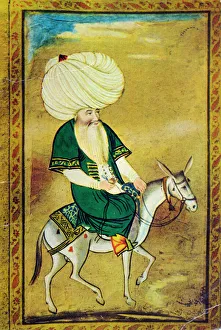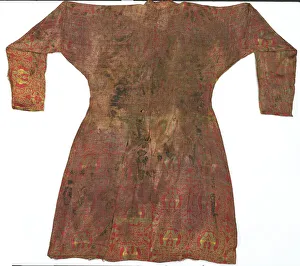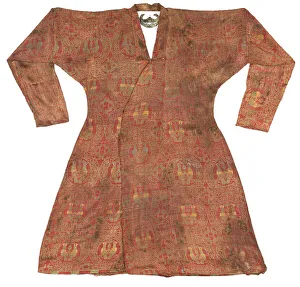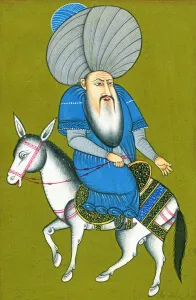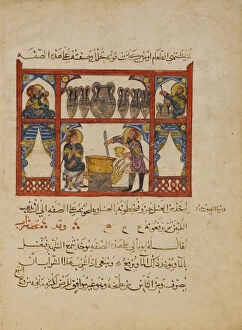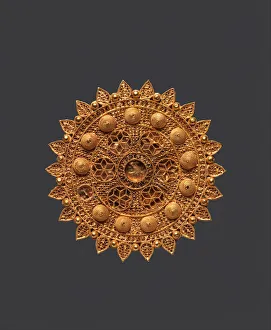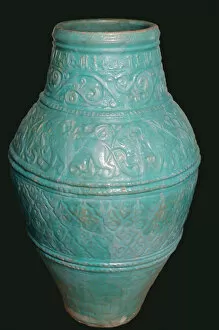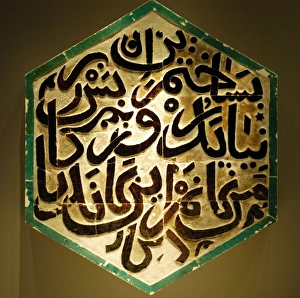Seljuq Collection
"Exploring the Legacy of Seljuq: From Satire to Splendor" Step into the world of Seljuq, a medieval empire that left an indelible mark on history
All Professionally Made to Order for Quick Shipping
"Exploring the Legacy of Seljuq: From Satire to Splendor" Step into the world of Seljuq, a medieval empire that left an indelible mark on history. Meet Nasreddin, the witty satirist whose tales continue to entertain and provoke thought even today. As we delve deeper, witness the clash of civilizations during the Crusades as Antioch falls into the hands of crusaders in 1098. Journey to Konya, Turkey, where Sultans Tombs stand proudly within the Mausoleum of Aleeddin Mosque. These majestic structures pay homage to the powerful rulers who once reigned over this land. In Isfahan's Friday Mosque, marvel at the intricate beauty of Oljeitu Mihrab from 1310 - a testament to Seljuq craftsmanship. Admire a mosaic adorned with Arabic scripture dating back to 1242-1243; it once graced Madrasa walls and spoke volumes about Islamic artistry. Immerse yourself in Central Asia's vibrant culture through brightly colored Seljuk lampas robes made from silk during the 11th - 12th century. Discover treasures like a lobed bowl featuring a seated figure and attendants from the illustrious Seljuq dynasty. Another masterpiece awaits – a large luster bowl dated back to 1191 (Safar, 587 A. H. ), showcasing their mastery in ceramics. Uncover knowledge preserved through time with "A Compendium of Treatises on Astronomy and Mathematics" by Nasir Al-Din Muhammad bin – an invaluable contribution that shaped scientific progress for generations. Lastly, behold a folio from a Qur'an created between c. 1075-1100 using ink, opaque watercolor, and gold on paper – an exquisite example of calligraphy and devotion intertwined.

